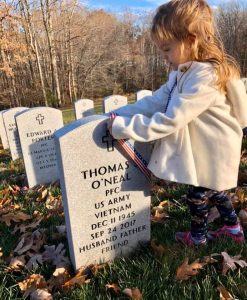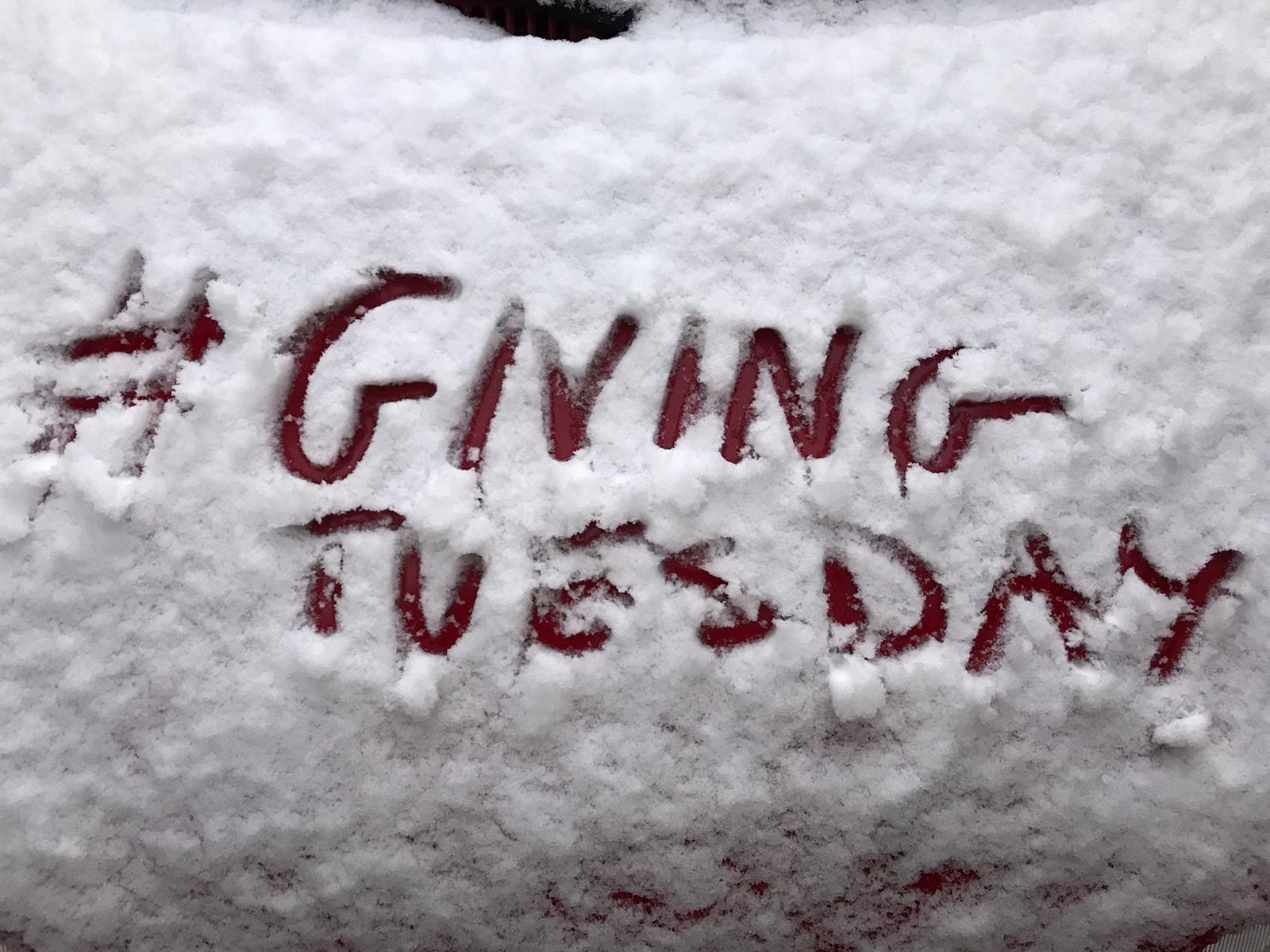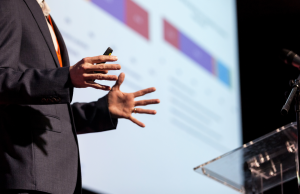#GivingTuesday yielded another bumper crop of gifts to charity this year, with a reported $511 million raised online in the United States on Tuesday — that’s about $111 million more than last year’s $400 million raised online, an increase of almost 28 percent.
For the first time, the GivingTuesday Data Collaborative estimated a total for online and offline giving based on a new statistical model developed by the organization: almost $2 billion ($1.97 billion). There were more than 20 billion social media impressions as #GivingTuesday was among the top trending topics on Twitter through most of the day on Tuesday.
Created in 2012 as a day that encourages people to do good, #GivingTuesday now has raised an estimated $1.5 billion online across the eight annual days. The day has gone global, with more than 200 community campaigns across the United States and national movements in more than 60 countries. People and organizations participate in every country on the planet, according to GivingTuesday, which spun off of 92Y as its own nonprofit earlier this year.
“Understanding of the movement caught up with our aspirations for it this year, particularly in the U.S.,” said Jamie McDonald, chief strategy officer at GivingTuesday. “It’s really been an amazing opportunity to see how different giving cultures share their gifts, what constitutes generosity in different places,” she said.
“Our long-term goal is a just and generous world. It’s about more than giving for giving’s sake. Giving is about building a world you want to live in; this year, that message really broke through,” McDonald said.
Every organization has to decide for itself how they want to participate in #GivingTuesday, McDonald said. “It doesn’t have to be a day of fundraising for your organization. It could be a day of service, a thank-a-thon, or doing something for a partner organization you work with,” she said.
 This year, there were new grassroots campaigns, like #GivingTuesdayKids and #GivingTuesdayMilitary, that had nothing to do with money, according to McDonald. “That is for us, that’s what the movement is really about,” she said. “We fundamentally believe when people experience the power that comes through generous acts, that helps shape the community you live in. It gives people a sense of power to do other good things in their communities.”
This year, there were new grassroots campaigns, like #GivingTuesdayKids and #GivingTuesdayMilitary, that had nothing to do with money, according to McDonald. “That is for us, that’s what the movement is really about,” she said. “We fundamentally believe when people experience the power that comes through generous acts, that helps shape the community you live in. It gives people a sense of power to do other good things in their communities.”
The GivingTuesday Data Collaborative includes more than 60 contributing partners and 40 global data labs. The data collaborative has been working with data scientists to develop a model that looked at online versus offline, across a range of platforms and CRM systems, according to McDonald. “It’s a factor that we developed across online-offline ratios across range of days and platforms,” she said, adding that it’s not precise because some data comes from organizations that have no online giving. It’s been very carefully thought through, she said, and they didn’t want to do it until there was enough of a track record of #GivingTuesday.
“We stay very focused on the day but hear from many platforms that there’s really a #GivingTuesday halo, both before and after. I don’t know if we’ll ever move to a point that we’ll measure that but we think that’s fantastic that that’s happening,” McDonald said.
One of the biggest challenges in the social sector has been the scarcity mentality, of “If you get it, I don’t get it,” according to McDonald. “We’re just seeing all around the country and the world, organizations decided they can all do better together,” she said, pointing to collaborations among social justice organizations in Cleveland and “Giving Zoo Day” around the country as examples.
“If #GivingTuesday can be a catalyst to help shift the sector to see the value of collaboration and experimentation, think through more of an abundance frame of that kind, I think we’re making a contribution to the progress in the sector, not for our benefit but because of the good work these organizations are doing,” McDonald said.









